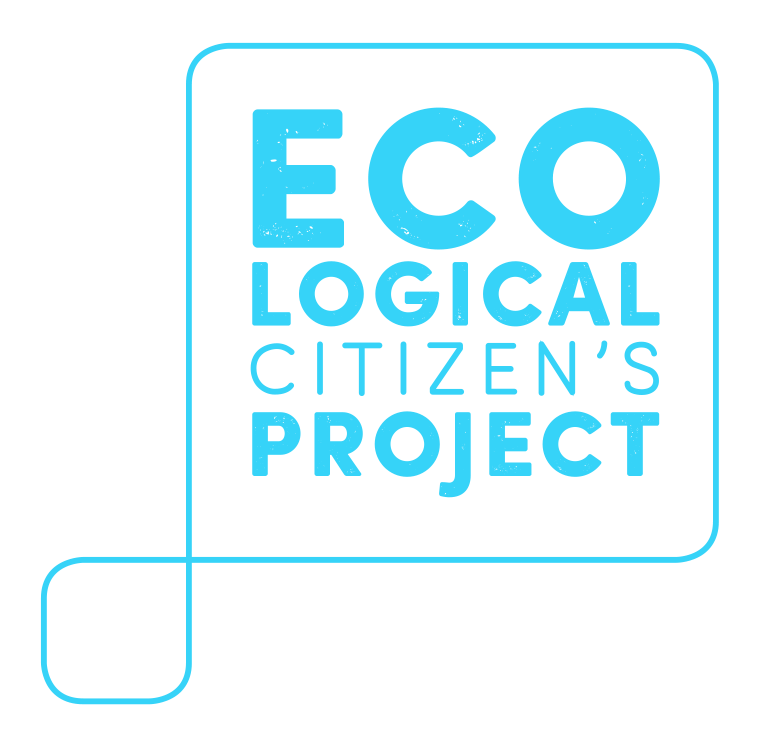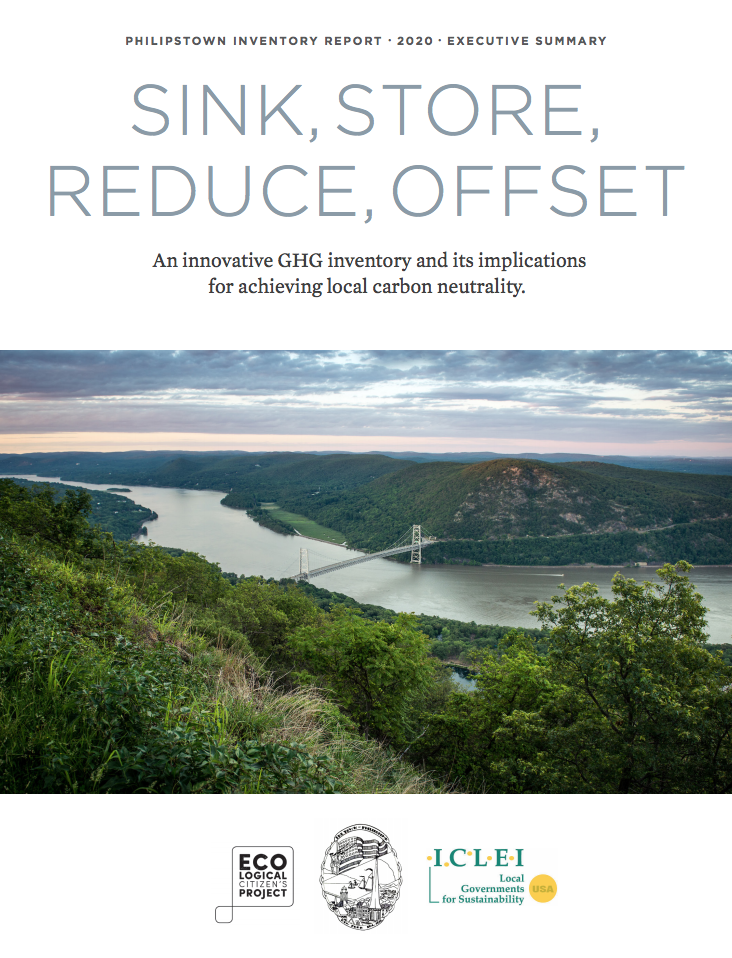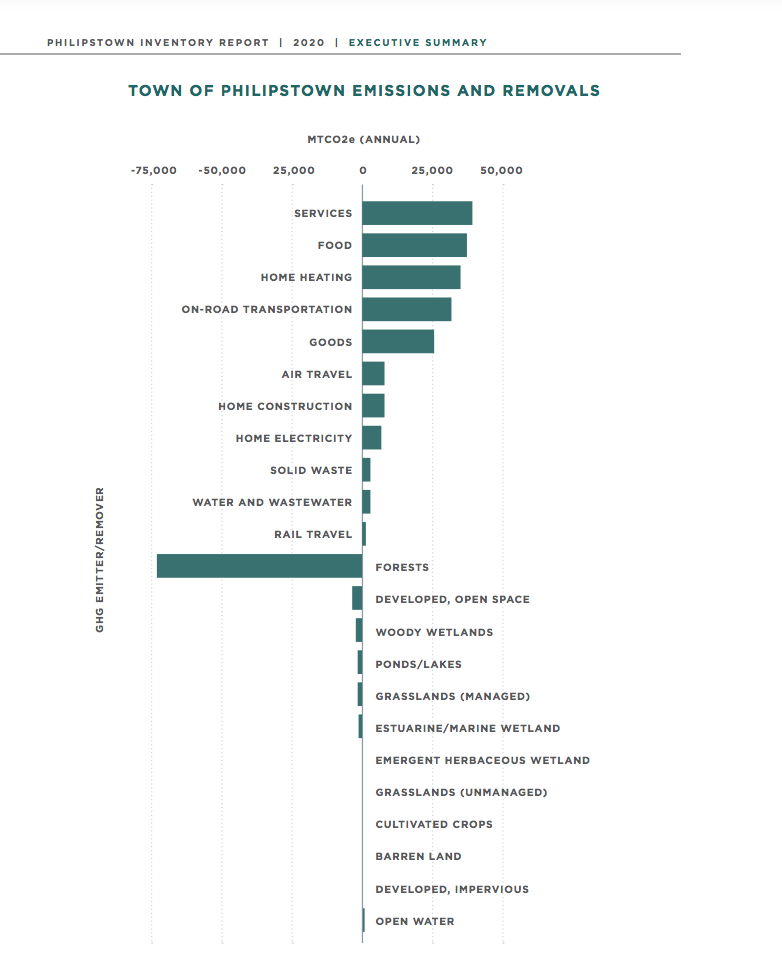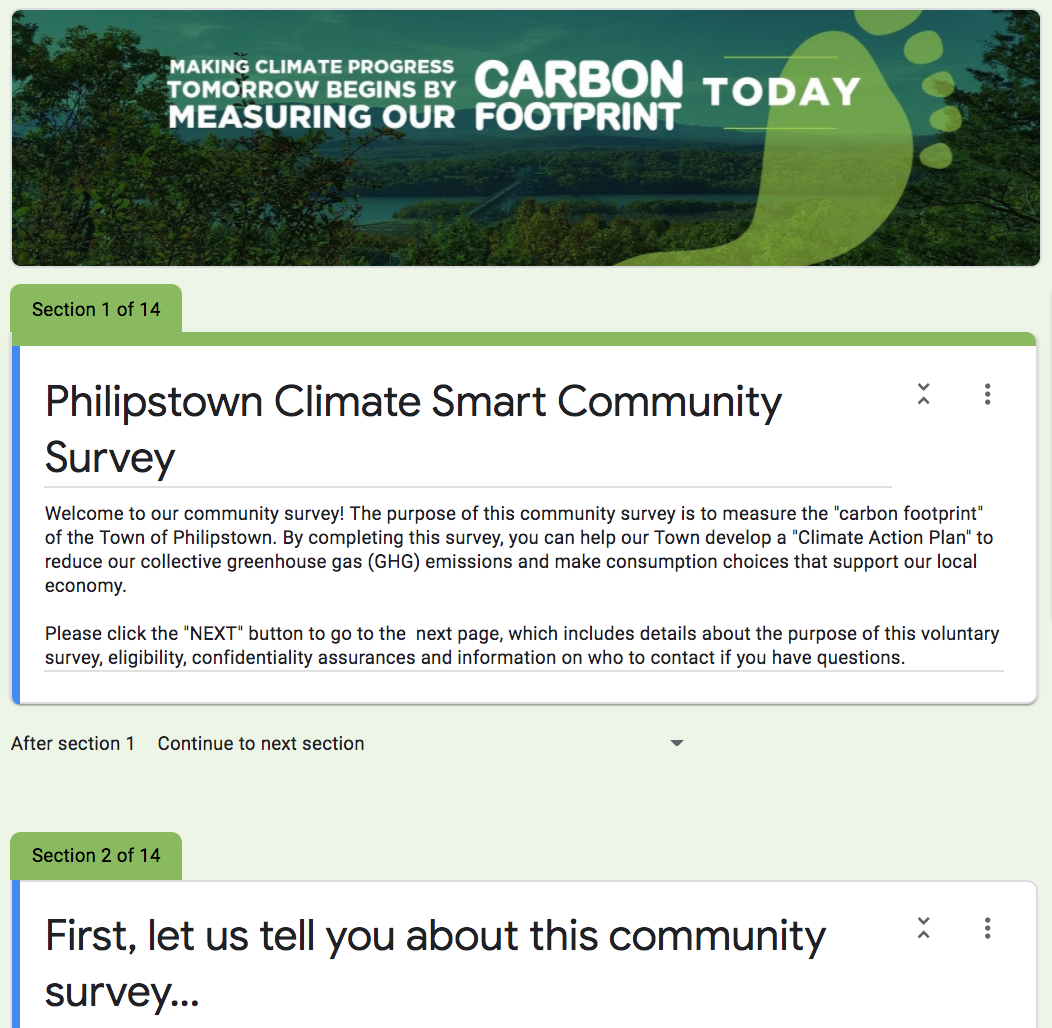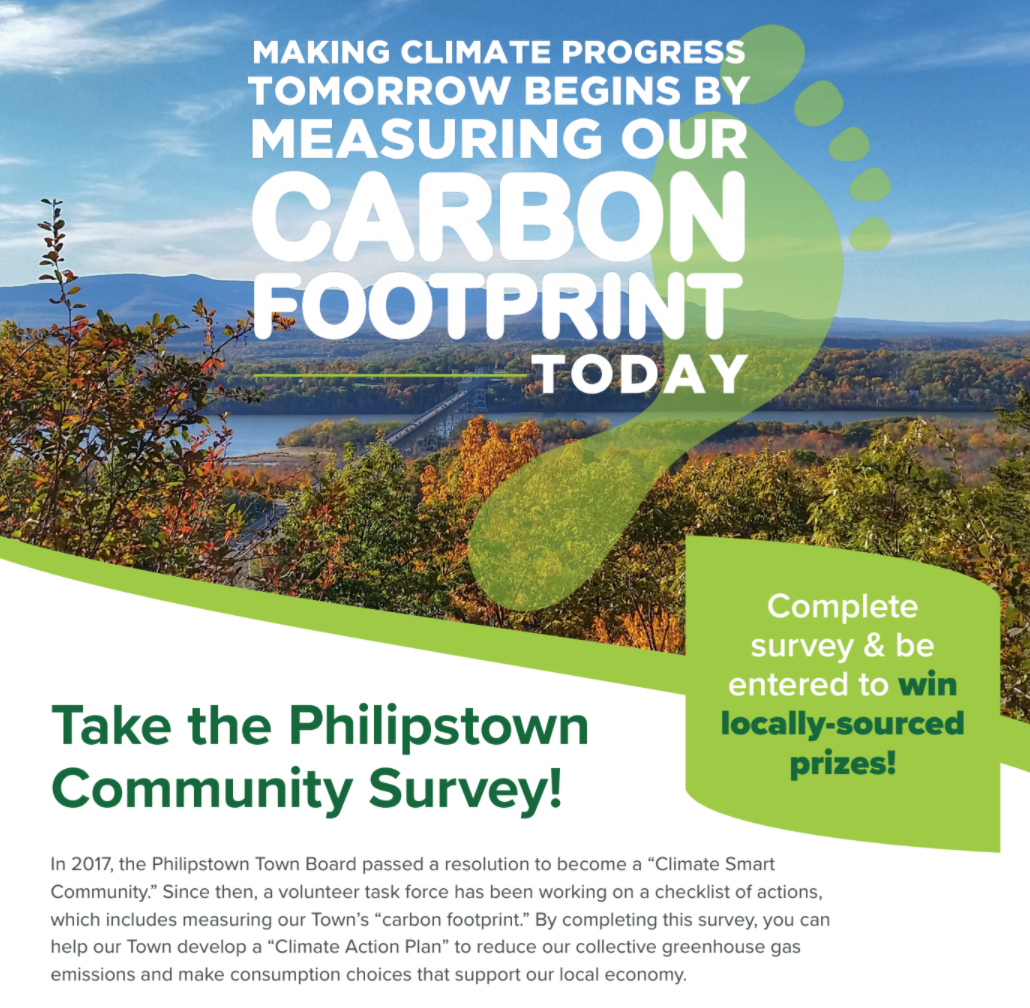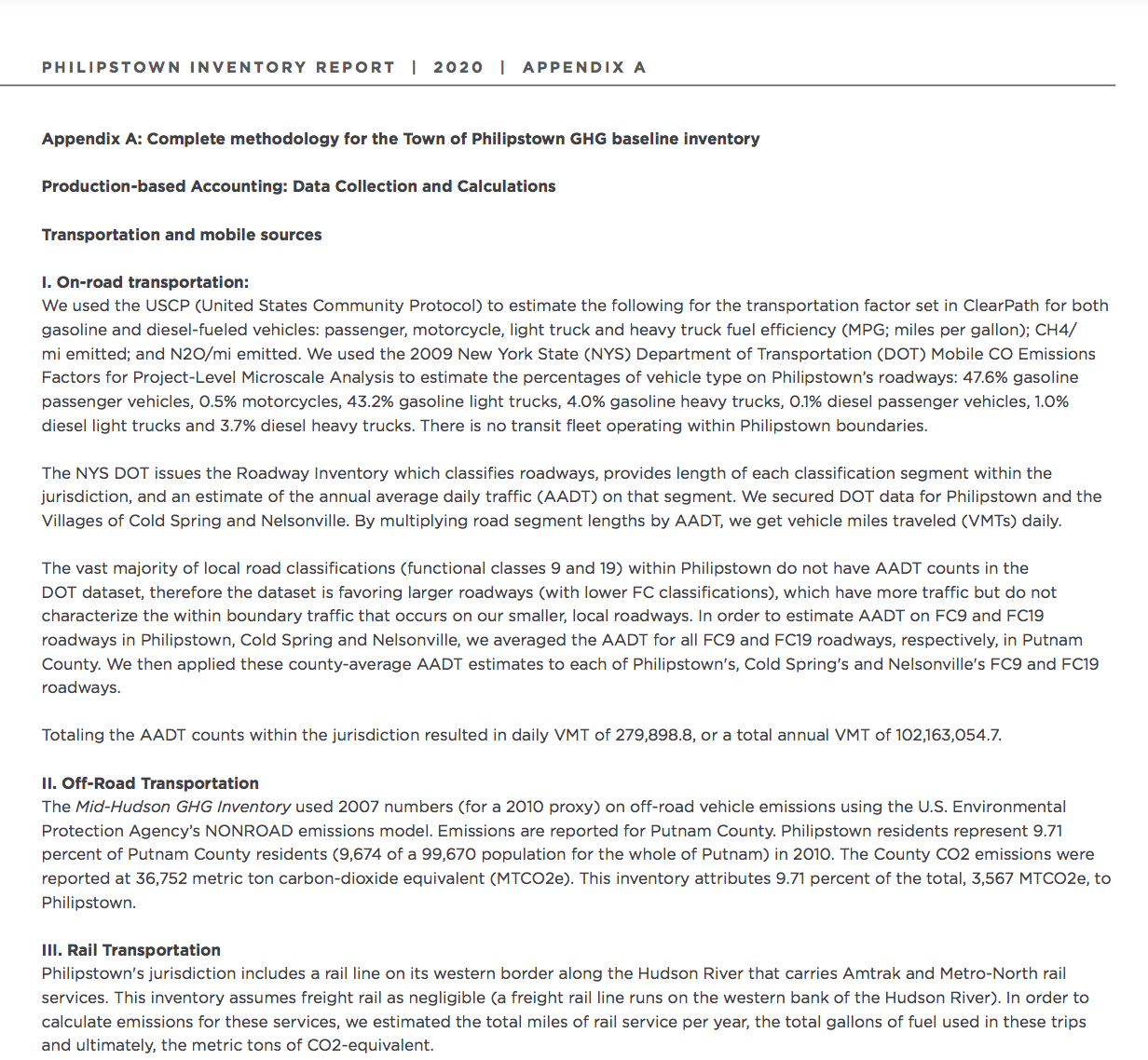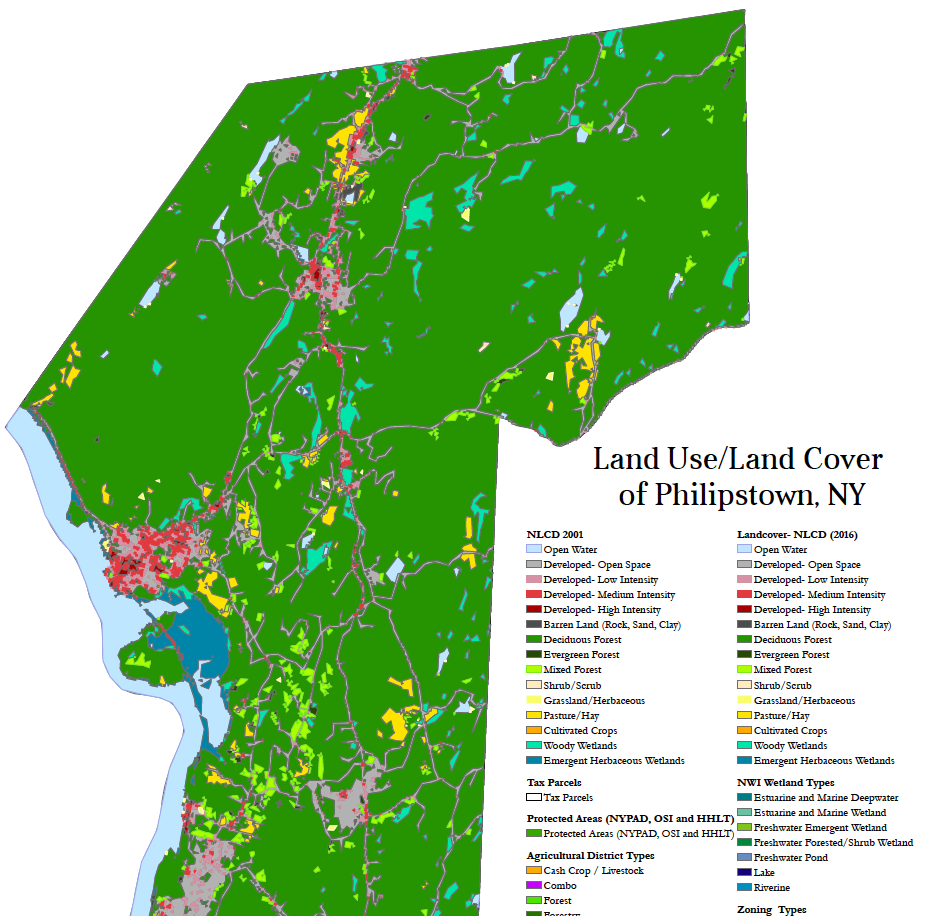Community Climate Action
There is no more time to wait to make the changes necessary to avoid life threatening climate change. The good news is that fighting climate change will mean building healthier communities, supporting local economies, and reconnecting with the natural world. At the ECP, we work to make climate action accessible to all.
“Your approach has led me to think about how there is no one “right” way to do a GHG inventory – different measurement methods help people see different facets of the interconnected, complex reality of how human behavior leads to GHG emissions. And this more nuanced way of seeing leads to a recognition that the solutions to climate change are not always direct technological change; they are things like a culture and an economy that support people in being more physically active and having access to healthy locally gown food. I also found the stories of volunteer engagement inspiring. That is the root of what we need; people who care and understand and act within their communities.”
Innovations in Local GHG inventory reporting
The ECP partnered with the Town of Philipstown’s Climate Smart Community task force and ICLEI-Local Governments for Sustainability to complete New York State’s first local carbon inventory report to measure the full life-cycle emission impacts of the goods and services residents consume and the work of our natural resources to remove and store carbon from the atmosphere. We believe that this report will help create a data-based road map to local community carbon neutrality and serve as a national model.
Since the release of this report, we presented the results to the Town of Philipstown Town Board and the Town later adopted the report’s findings, joining the international community and committing to an ambitious goal of reaching local carbon neutrality by 2040. In addition, the reports recommendations were incorporated into the recently completed draft Philipstown Comprehensive Plan which will guide future policy-making.
Our innovative approach has garnered interest as a model from both New York State, additional Hudson Valley municipalities, and other community organizations. The ECP hosted an ICLEI sponsored webinar that attracted representatives from over 50 municipalities around the country, we led a discussion organized by Mark Lowery, Assistant Director, Office of Climate Change at the New York State Department of Environmental Conservation for key members of the Climate Action Council’s Land Use and Local Government (LULG) Advisory Panel, and our innovative GHG inventory approach was used by a Vassar College Environmental Science class to develop five similar local inventories for the towns of Poughkeepsie, Union Vale, Lloyd, Wappinger, Pleasant Valley and the City of Poughkeepsie.
Philipstown fights dirty
The Town of Philipstown has pledged to reach carbon neutrality by the year 2040. That means that each Philipstown resident has to cut their carbon emissions by 1 metric ton of carbon dioxide-equivalent (MTC02e), on average, every year until 2040.
As Peter Drucker, regarded as one of the greatest business management thinkers, famously said: “If you can’t measure it, you can’t improve it.” To spark widespread climate action we must make the invisible — all the ways our current ways of life contribute to producing carbon emissions — visible.
The ECP has launched the Philipstown Fights Dirty: How low can we go? community campaign to encourage and track local climate action. Residents can visit an interactive website to choose from over 80 different actions they can take to reduce their carbon emissions or help our natural resources sequester more atmospheric carbon. Most of these actions are free or low-cost. Each year, we’ll tally the pledges to determine our collective impact towards our community’s annual goal.
To pledge now or learn more, visit philipstownfightsdirty.org.
Philipstown climate fund
We know the road to carbon neutrality will call for systemic change across many different fronts. Given the uncertainty of the international and national response to climate change and the strain on state budgets from the coronavirus response, how can we pay for the broad array of climate initiatives needed at the local level?
The ECP steward’s the Philipstown Climate Fund (PCF), an innovative model based on the Finger Lakes Climate Fund. This fund creates a dedicated source of revenue for local climate work. The fund allows Philipstown residents with above average carbon footprints to offset their emissions and support community-based projects or provide financial assistance to low or moderate income community members for taking emission reduction actions.
Learn more about the Philipstown Climate Fund here and here.
Funds from the PCF are disbursed by way of lottery. Residents of Philipstown with low or moderate incomes (below $113,000, the 2020 median household income for Philipstown) can apply to receive funding to help pay for the replacement of fossil fuel-based appliances with electric ones. The online application is available in English here and Spanish here. You can also download a PDF version (English and Spanish).
